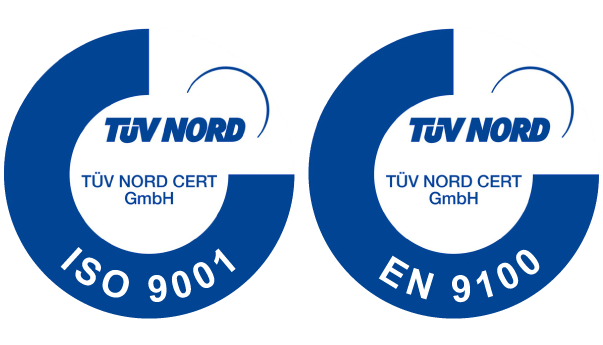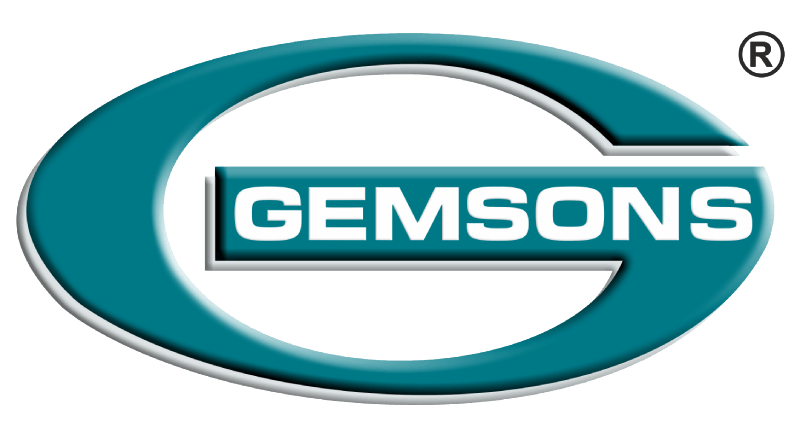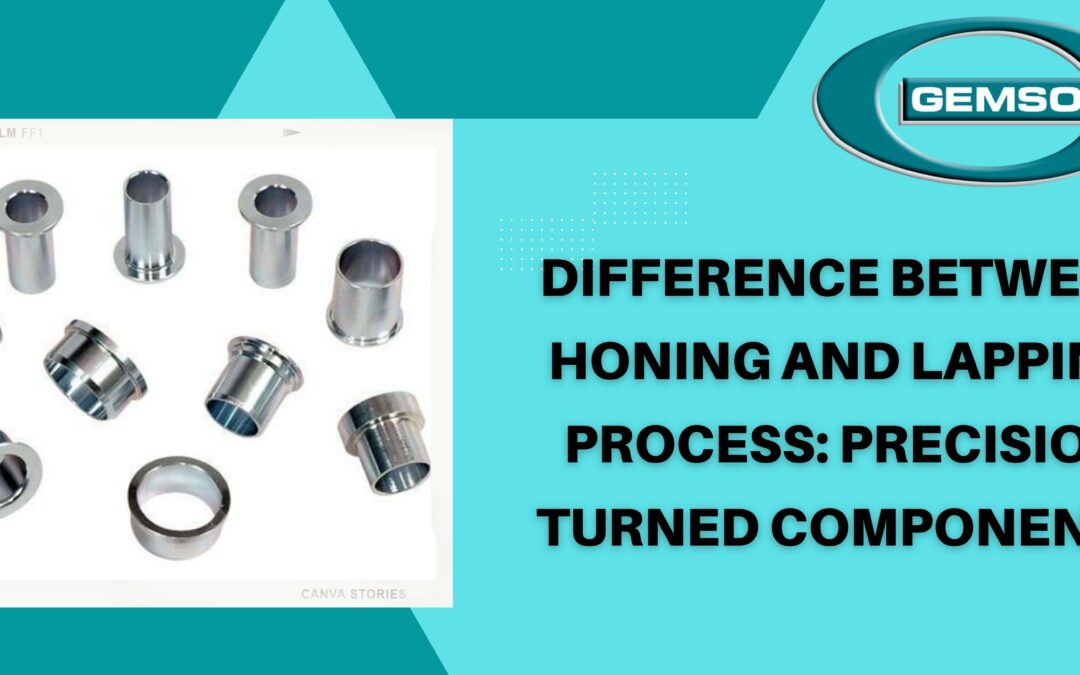Lapping and honing are two very high-quality ways to treat the surfaces of our CNC-machined metal parts. More and more customers want products that look great and don’t have any scratches, burrs, or other flaws. You need high-level polishing technology to get a product’s surface polished to a level of Ra0.4 or a mirror finish. Also, there is another way to use them. When the tolerance of products is less than 0.01mm or 0.005mm, or even less, we also have to use these processes to meet the high standards.
What is the honing-finishing process?
When designing a machine to make a part, one essential thing for engineers to consider is how accurate and precise the cutting will be. Honing is one of the steps in the design process to finish the face and ensure the precision turned components are accurate enough to do the job it was made for. Honing is a job that can be done with a grinding wheel. It is the last step in making round holes in a material by applying abrasive force. Most of the honing are done on the inside of the material.
Advantages of honing:
- One benefit of honing is that it costs less than other grinding or facelifting methods.
- When it comes to accuracy, it gives you the best solution.
- Those who are good at honing can polish in long and short holes.
- The honing process can polish the surface of any material, no matter how hard it is.
The disadvantages of honing:
- It might make a slightly oval hole in a fragile piece of work.
- If the workpiece is not supported while being honed horizontally, it may also make oval holes.
- The whole honing process takes more time.
What is The Lapping Finishing Process?
Honing and lapping are two machine processes that are hard to tell apart because they both use abrasion to smooth the surface of materials. Lapping, on the other hand, is the process of getting a smooth surface outside a piece of work by using abrasive force on the material. The abrasion ensures the surface is good and the measurements are right.
Lapping is a finishing process that precision-turned components can do. On the other hand, manual lapping takes a lot more time and work than using devices. Lapping machines have a table that moves like a belt that turns. This kind of table is called a lapping plate. Copper, iron that has been softly cast, and other soft metals are used to make the plate.
Advantages of the Lapping Finishing Process:
The precision turned components can handle materials of any diameter, size, or thickness. The difference between honing and lapping as a finishing process is transparent. Honing is a better way to remove the material’s surface than lapping. Another difference is how the abrasive particles are held by each method. In lapping, the particles are held loosely, but in honing, where the honing stone is the grinding wheel, the particles are held tightly. It has also been found that when lapping, the piece of work needs to be spun, but when honing, the piece of work can’t move.



Recent Comments